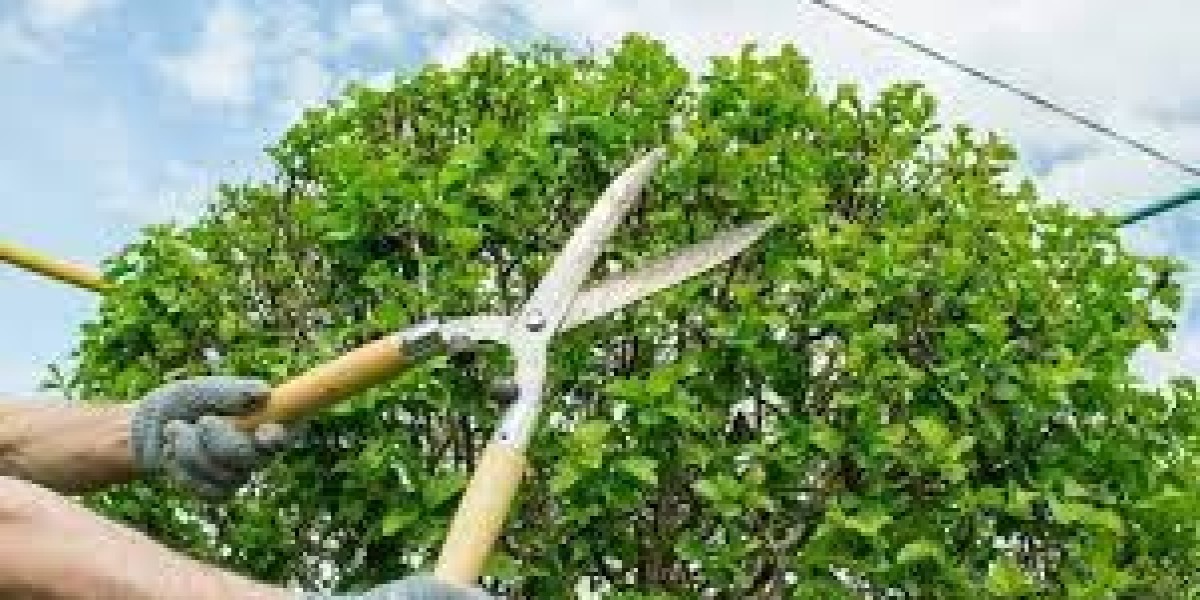In the world of gardening, mastering the art of tree pruning is a skill that can transform your landscape from ordinary to extraordinary. Proper tree pruning is more than just trimming branches; it's a blend of science and art that promotes the health, aesthetics, and longevity of your trees. This guide explores essential tree pruning techniques that every gardener should master, shedding light on the nuances of this fundamental practice.
Understanding the Purpose of Tree Pruning
Promoting Tree Health and Vigor
At the heart of tree pruning lies the objective of promoting tree health and vigor. Regular pruning removes dead, diseased, or damaged branches, allowing the tree to redirect its energy towards new growth. This not only enhances the overall health of the tree but also contributes to a fuller and more robust canopy.
Shaping for Aesthetics and Function
Another crucial purpose of tree pruning is to shape the tree for both aesthetics and function. Pruning can enhance the tree's natural form, creating a more visually appealing silhouette. Additionally, shaping the tree helps improve its structural integrity, preventing branches from encroaching on structures, pathways, or neighboring plants.
Mastering Basic Tree Pruning Techniques
1. Cleaning
Cleaning involves the removal of dead, diseased, or weak branches from the tree. This is a fundamental pruning technique aimed at improving overall tree health. By eliminating these non-productive branches, the tree can allocate its resources more efficiently.
2. Thinning
Thinning is the selective removal of branches to increase light penetration and air circulation within the canopy. This technique helps reduce the risk of diseases by promoting better ventilation and allows sunlight to reach the lower parts of the tree. Thinning is particularly beneficial for densely populated canopies.
3. Heading Back
Heading back involves cutting back the tips of branches to control the tree's size and shape. This technique is useful for shaping the tree and encouraging denser growth. However, it should be done cautiously to avoid excessive pruning, which can stress the tree.
4. Raising the Canopy
Raising the canopy involves removing lower branches to provide clearance beneath the tree. This technique is often employed for urban trees to create space for pedestrians, vehicles, or structures. It enhances visibility and accessibility while maintaining the overall health of the tree.
Seasonal Considerations in Tree Pruning
1. Winter Pruning
Winter is an ideal time for pruning deciduous trees, as they are dormant during this season. Without leaves, it becomes easier to assess the tree's structure, and the absence of active growth minimizes stress on the tree. Winter pruning also helps control pests and diseases by removing potential breeding sites.
2. Summer Pruning
Summer pruning is beneficial for certain purposes, such as controlling the size of fast-growing trees or shaping ornamental trees. However, it should be done with caution, as excessive summer pruning can stress the tree due to the active growth phase.
Proper Pruning Techniques for Different Tree Types
1. Deciduous Trees
Deciduous trees, which shed their leaves in the fall, benefit from pruning during late winter or early spring. Focus on removing dead or damaged wood, shaping the canopy, and thinning branches to encourage a fuller appearance.
2. Evergreen Trees
Evergreen trees, which retain their foliage year-round, can be pruned throughout the year. Light pruning can be done in late winter, while more substantial pruning tasks, like shaping and thinning, are best tackled in early spring or early summer.
Common Pruning Mistakes to Avoid
1. Over-Pruning
Over-pruning, also known as "topping" or "hat-racking," involves removing a large portion of a tree's canopy. This harmful practice weakens the tree, reduces its ability to produce food through photosynthesis, and makes it susceptible to diseases.
2. Improper Cutting Techniques
Improper cutting techniques, such as leaving behind jagged or torn edges, can hinder the tree's ability to heal properly. Clean, precise cuts minimize the risk of diseases and promote efficient healing.
3. Pruning at the Wrong Time
Pruning at the wrong time, especially during the active growth period, can stress the tree and compromise its health. Understanding the seasonal nuances of tree pruning is crucial for optimal results.
Tree Pruning in Adelaide: Local Considerations
Adelaide's Climate and Tree Species
Adelaide's unique climate, characterized by hot summers and mild winters, presents specific considerations for tree pruning. Native tree species and introduced varieties each have their own requirements, and understanding these nuances is essential for successful tree care in Adelaide.
Professional Tree Pruning Adelaide Services
For gardeners in Adelaide looking to master tree pruning with precision, seeking the services of professional arborists is highly recommended. Local arborists possess knowledge of Adelaide's climate, soil conditions, and tree species, ensuring that pruning is tailored to the specific needs of the region.
Conclusion:
mastering essential tree pruning techniques is a valuable skill that every gardener should cultivate. From promoting tree health and vigor to shaping for aesthetics and function, pruning plays a pivotal role in the care of your green companions. As you embark on your journey to become a proficient pruner, remember the seasonal considerations, proper cutting techniques, and the importance of avoiding common mistakes. For gardeners in Adelaide, understanding the local climate and enlisting the services of professional Tree Pruning Adelaide experts ensures that your trees flourish in health and beauty. So, equip yourself with the knowledge of essential pruning techniques, and let your garden thrive with the art and science of tree pruning.








